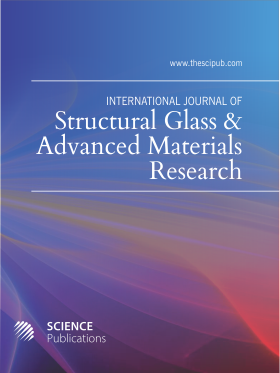In-Plane Behavior of Infills using Glass Fiber Shear Connectors in Textile Reinforced Mortar (TRM) Technique
- 1 Tabriz Islamic Art University, Iran
- 2 University of Minho, Portugal
Abstract
Masonry has a widespread use in the construction of the buildings even in reinforced concrete or steel frames. Past earthquakes have demonstrated the vulnerability of masonry infills resulted in the human life losses and economic costs. Recently innovative strengthening techniques such as Textile Reinforced Mortar technique (TRM) is used for enhancing the seismic response of the infills. Different procedures were suggested to enhance the bond between rendering mortar of the TRM technique and infilled frame to prevent its detachment. In this study commercial glass fiber shear connectors were used for connecting the TRM layer to the infilled frame and their response were investigated by testing the samples in the in-plane direction. The quasi static in-plane test was performed cyclically on two specimens; one without strengthening layer and another strengthened with commercial textile meshes. The results showed that TRM technique enhances the in-plane response of the infilled frames but the effectiveness of the shear connectors could be improved using proper materials.
DOI: https://doi.org/10.3844/sgamrsp.2018.1.14

- 7,486 Views
- 4,213 Downloads
- 14 Citations
Download
Keywords
- Masonry Infill
- In-plane
- Strengthening
- TRM
- Shear Connectors
